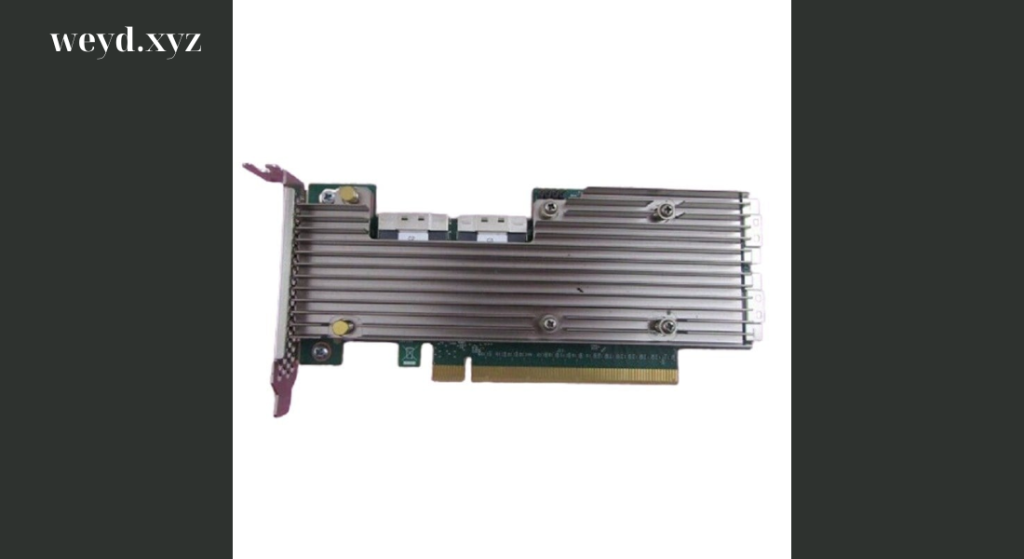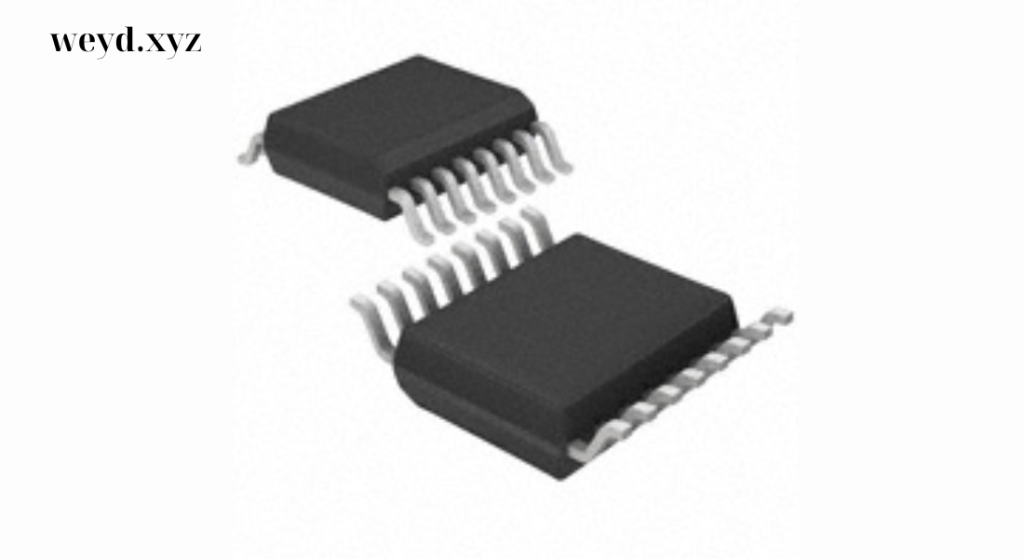Blog
Converting Signals with Precision Why Broadcom Data Converters Lead the Market
In a rapidly advancing world of technology, Broadcom data converters have emerged as essential components across numerous applications. Known for their exceptional precision, speed, and adaptability, Broadcom data converters are trusted in industries ranging from telecommunications and medical imaging to consumer electronics and industrial automation. This article takes an in-depth look at what makes Broadcom data converters a top choice for signal conversion, their key features, and why engineers and developers rely on them for high-performance solutions.

Why Broadcom Leads in Data Conversion Technology
Broadcom has established itself as a top-tier provider of converters, consistently offering precision, speed, and low-noise solutions that professionals across industries rely on. Here’s why these converters have become a go-to option in the market:
- Unmatched Accuracy
Broadcom’s converters are engineered for exceptional precision in analog-to-digital and digital-to-analog conversions, ensuring reliable data integrity. This level of accuracy is crucial in fields like medical imaging, environmental monitoring, and research, where every data point can have significant implications. - High-Speed Performance
In applications that demand real-time data processing, Broadcom’s high-speed solutions deliver unmatched responsiveness. With converters designed for fast sampling rates, they are perfect for telecommunications, radar, and video processing, where quick data handling is essential for operational success. - Low-Noise Design for Clear Signal Processing
Broadcom’s converters come equipped with noise-reduction technology that maintains signal clarity, even in challenging environments. This low-noise feature is especially beneficial in audio engineering and precise measurement applications, where signal integrity must remain pristine. - Adaptability Across Diverse Applications
Whether the need is for analog-to-digital or digital-to-analog transformation, Broadcom’s lineup provides versatile solutions compatible with various industries. Their adaptability allows seamless integration into consumer electronics, telecommunications networks, and complex industrial applications alike.
Key Features of Broadcom’s Data Converters
Broadcom’s data conversion technology incorporates advanced features to meet modern technological demands. Here’s a breakdown of some standout features that make their solutions so effective:
- Wide Dynamic Range
These converters capture both weak and strong signals accurately, thanks to a broad dynamic range. This feature is crucial in fields like radar and environmental monitoring, where comprehensive data capture is essential for a full understanding of the signal spectrum. - High Signal-to-Noise Ratio (SNR)
Maintaining a high SNR is vital for ensuring that data signals remain strong and clear relative to background noise. This capability makes Broadcom’s solutions ideal for audio and video applications that require top-tier signal quality. - Energy Efficiency
Designed with energy conservation in mind, Broadcom’s converters use minimal power, which is especially advantageous in battery-powered devices. IoT sensors, wearables, and remote monitoring systems can benefit from these efficient converters to extend battery life and reduce overall energy consumption. - Multiple Resolution Options
Broadcom offers converters in a range of resolutions, allowing engineers to select the appropriate level of detail for each application. High-resolution options are especially beneficial in scientific and medical fields that require precise data for accurate outcomes.
Popular Types of Broadcom Data Conversion Solutions and Their Uses
Broadcom offers various types of converters suited for different applications, each addressing specific needs with tailored features:
- Analog-to-Digital Converters (ADCs)
These ADCs play a critical role in converting analog signals into digital data, providing accurate data processing in real-time. They’re widely used in fields such as telecommunications, medical imaging, and environmental monitoring, where data precision is essential. - Digital-to-Analog Converters (DACs)
DACs from Broadcom transform digital information back into analog signals smoothly, making them essential for audio systems, telecommunications, and industrial control applications. Known for their consistency, Broadcom’s DACs are favored for applications requiring stable, high-quality analog output. - Precision Converters
Precision-oriented data converters are designed for applications where stable, exact signal handling is non-negotiable, such as in scientific research, environmental monitoring, and medical equipment. These converters offer the level of accuracy and stability necessary for critical measurement tasks. - High-Speed Solutions
In applications where fast data processing is required, such as radar or telecommunications, Broadcom’s high-speed options provide low latency and high sampling rates. These converters support rapid data analysis and transmission, making them perfect for real-time performance needs.
How to Choose the Right Broadcom Data Conversion Solution
Selecting the most suitable data conversion technology for a project can significantly impact both efficiency and performance. Here are some tips to help you choose the best Broadcom solution:
- Assess Conversion Speed Needs
Projects like video processing or radar systems often demand high-speed converters with fast sampling rates. For applications requiring immediate data handling, Broadcom’s high-speed converters offer the rapid performance essential for success. - Consider Resolution Requirements
Applications that demand detailed data, such as scientific research and environmental monitoring, benefit from high-resolution options. Broadcom’s offerings ensure data is captured with accuracy, enhancing the quality of analysis and decision-making. - Evaluate Power Efficiency Needs
For remote devices or battery-powered systems, power-efficient converters are ideal. Broadcom’s low-power solutions allow devices like IoT sensors and wearables to operate for extended periods, conserving battery life without sacrificing functionality. - Check for Signal Range Compatibility
Applications involving a broad range of signal strengths should prioritize solutions with a wide dynamic range. Broadcom’s options offer this flexibility, allowing accurate data collection across varied signal intensities.
Applications of Broadcom’s Data Conversion Technology Across Industries
Broadcom’s converters are trusted in numerous sectors for their adaptability, reliability, and precision. Here’s a look at some primary industries where these solutions are integral:
- Telecommunications
Broadcom’s technology is foundational for modern telecommunications, enabling efficient signal processing and seamless data transmission. High-speed ADCs and DACs ensure robust, reliable performance for advanced networks and satellite systems. - Medical Imaging
In medical imaging, precise converters deliver the accuracy needed for clear diagnostics. Broadcom’s technology supports MRI, ultrasound, and X-ray systems by providing detailed images essential for patient care. - Audio and Video Processing
Renowned for signal clarity, Broadcom’s DACs are widely used in professional audio and video equipment, broadcasting, and HD systems. These converters preserve high signal quality, supporting top-notch audio and visual output. - Industrial Automation
Broadcom’s converters play a critical role in industrial automation, enabling accurate control and monitoring of complex systems. Their durability and high precision make them ideal for equipment monitoring and motor control in manufacturing and processing facilities.
Broadcom Data Converters: Essential Tools for Precision and Performance
Broadcom’s data conversion solutions blend precision, speed, and energy efficiency, making them essential in industries like telecommunications, medical imaging, and industrial automation. Whether you’re seeking faster data processing, superior signal quality, or optimized energy use, Broadcom’s converters offer powerful solutions designed for today’s advanced technological landscape. By choosing the right data conversion technology, you can ensure exceptional performance and reliability tailored to your project’s unique requirements.


